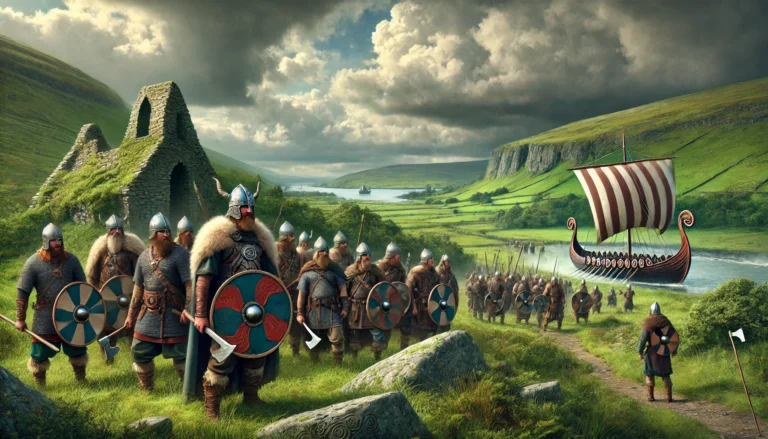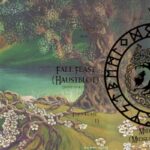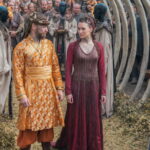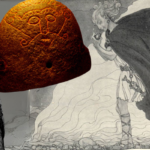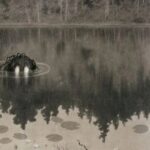History often focuses on the activities of the Vikings in England as they moved from raiding for riches at the end of the 8th century, to the campaign of the Great Heathen Army in the 9th century, to settlement activities in the 10th century, and were eventually largely expelled in the 11th century by the Norman invasion.
But while this was all happening in England, the Vikings were also active just over the Irish Sea in Ireland.
The records of the Vikings in Ireland are less plentiful, which means that their stories are told less often, but the Vikings may have had an even bigger impact on Ireland than they did in England.
Below is a brief history of the Vikings in Ireland, to serve as context for deeper stories that we hope to tell over the coming months.
Ireland Before the Vikings
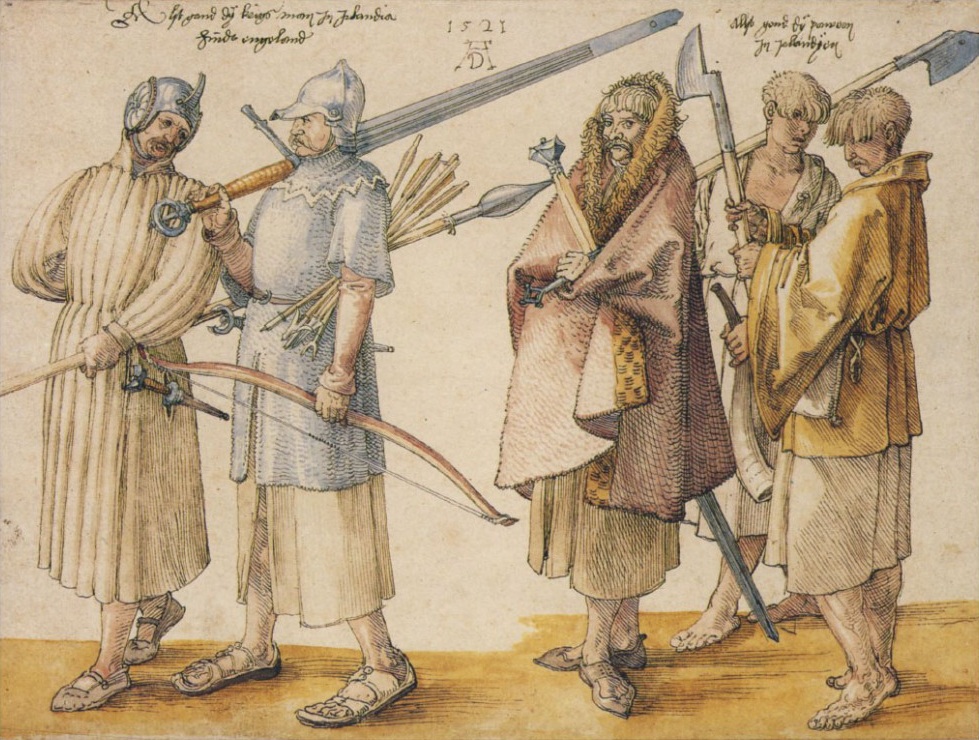
In the 8th century, before the Vikings started visiting Ireland, the island was more-or-less universally Gaelic, a form of Celtic culture, without the Roman influence that had shaped Britain.
Nevertheless, the country began to convert to Christianity under the influence of Saint Patrick in the 5th century, and by the 8th century, the majority of the island’s inhabitants were Christians.
Ireland was dominated by small rural communities alongside larger monastic settlements.
They were loosely organized into around 150 semi-independent kingdoms known as Tuatha.
Fighting and alliance-building were common between tribes, nevertheless, Ireland was enjoying a Gaelic Golden Age in the 8th century, until everything changed.
First Viking Raids
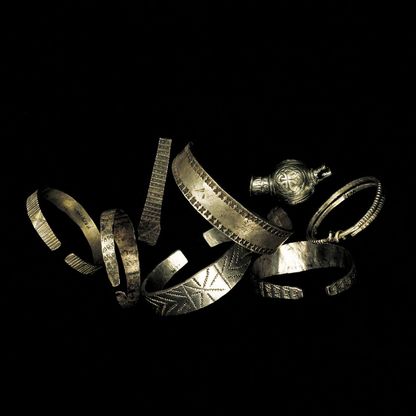
While the famous Lindisfarne attack in England that marked the start of Viking interference in the country occurred in 793, the first Viking raid in Ireland occurred only a few years later in 795.
Vikings, probably from Norway who had sailed around the Scottish coast and down the west coast of Scotland, looted the island of Lambay.
This was followed in 798 by raids on the coast of Braga and in 807 by raids on the coast of Connacht.
Mimicking the situation in England, these were mostly small-scale quick raids, with the Vikings targeting wealthy monasteries for their riches and literate monks who would fetch a good price as slaves.
These types of small raids continued for about two decades, but in the 820s the Vikings started to establish fortified settlements in the Irish coast and spend the winter in Ireland.
The earliest of these were Linn Duachaill (modern Annagassan) and Duiblinn (modern Dublin).
This new arrangement allowed the Vikings to start attacking inland, sailing their shallow ships down the rivers to wealthy settlements, and then retreating to their seaside forts.
Viking Armies
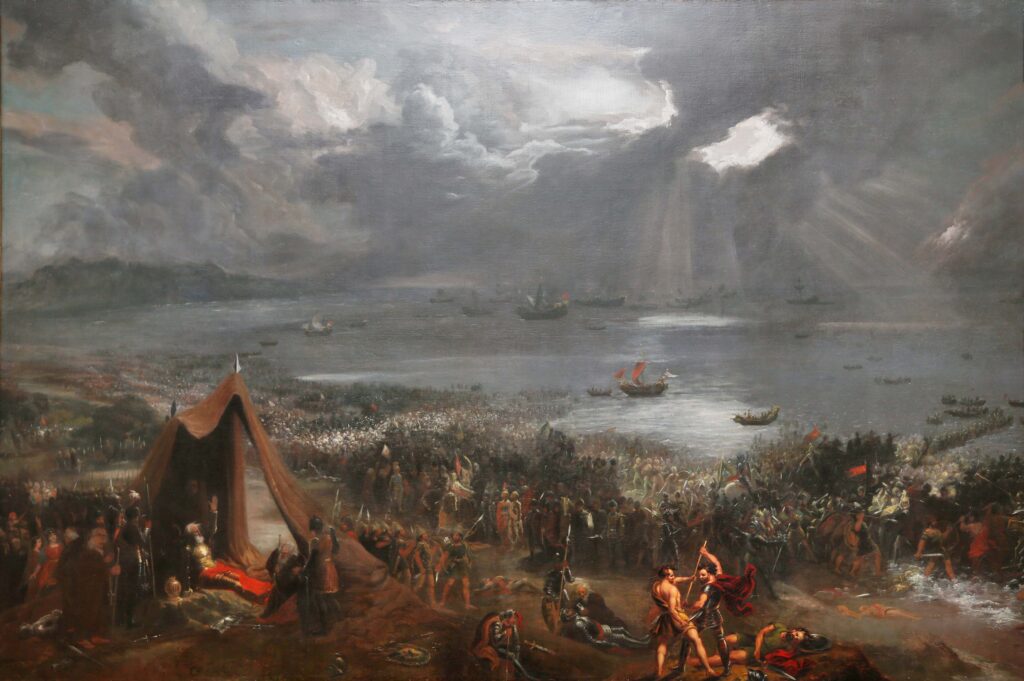
The Viking presence in Ireland gradually intensified, with small raiding parties joining together to become significant standing armies.
In 837, there is a record of 60 Viking ships carrying 1,500 Viking warriors conducting activities in Ireland. They were hitting increasingly larger targets and needed more infrastructure to support their operations.
Dublin would expand significantly in the 840s and become one of the first proper villages in Ireland.
Along with supporting raiders, it supported merchants who established trading connections between Ireland and the rest of Europe.
Many of the Viking graves excavated around Dublin seem to have belonged to merchants, as indicated by the presence of items such as weights and scales among grave goods.
It is also around this time that we meet one of the first named Viking leaders, Thorgest.
He appears in the Annals of Ulster, which say that he was a brutal leader and that his wife was a witch who engaged in magic rituals and spells at pagan altars.
He is said to have arrived in 820 and had a fleet of 120 ships that he used to sail down the Boyne and Liffey rivers.
He is also said to have taken Dublin for the Vikings and established many of its fortifications.
In around 845, he was reportedly captured by the High King of Ireland and drowned.
His death seems to have had no impact on the Viking presence in Ireland, as there was still an army there that was defeated by the Irish at Sciath Nechtain in 848.
The leader of this Viking army is described as being from Lochlann, which was a term usually used to refer to Norway among the Gaelic, suggesting that the Irish Vikings were of Norwegian rather than Danish origin.
Olaf and Ivar
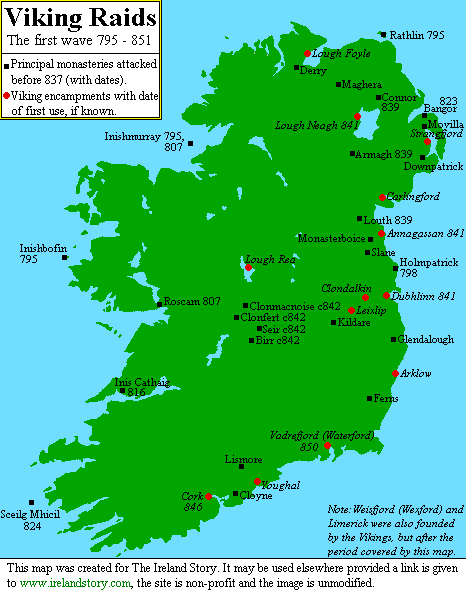
We meet two of the most intriguing Vikings to be active in Ireland in the 850s.
A Viking leader named Ivar was active in Ireland from the early 850s. This is often believed to be Ivar the Boneless, one of the sons of Ragnar Lodbrok, who traveled to England with the Great Heathen Army.
Rather than return home after getting revenge for the death of his father, Ivar stayed in England raiding on both sides of the Irish Sea, until he eventually became a major leader in Ireland.
For the next two centuries, the descendants of the Vikings led by Ivar became known as the Ui Imair, and they became a mixed Norse-Gaelic dynasty centered on Dublin in Ireland and York in England.
In 853, Ivar and his men were joined by a man called Olaf, known as a son of the king of Lochlann, so Norway, though his actual genealogy is unknown.
He became the joint king of Dublin with Ivar in 853.
He would go on to have a son called Thorstein the Red, who would attempt to conquer Scotland in the 870s.
He in turn married and had seven children, one of whom, Ari Frodi, would become the author of the Landnamabok about the people of Iceland.
The following decades would see many battles and alliances between the Vikings and the various Irish kings.
Initially, the distributed nature of Irish politics, with scores of petty kings, may have made it seem like the Vikings could take Ireland with a strategy of divide and conquer.
But because there were so many kings, it was never just a simple case of removing an aristocrat and taking their territory.
Every time a leader was killed, a new one popped up in their place.
Therefore, the Vikings always held pockets of territory and were never able to carve out a larger kingdom in Ireland.
The Hiberno-Norse
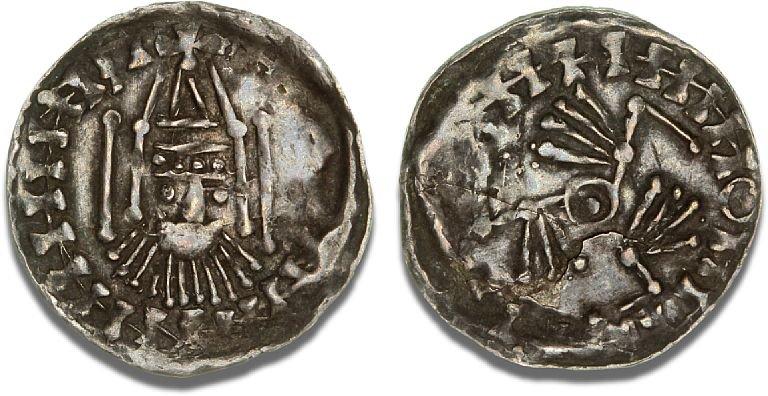
Throughout their time in Ireland, the Vikings mixed with the local Irish through marriages and alliances.
Archaeological remains suggest that many Viking strongholds were occupied by a Viking elite ruling over a mostly Irish population.
As the Vikings in Ireland also began to convert to Christianity, a new Norse-Gaelic or Hiberno-Norse population emerged.
It is telling that when a group of Vikings led by a man called Hingamund was expelled from Ireland in the early 10th century and established themselves at Wirral in northern England, the English sources often referred to them as Irishmen.
They also note that there were many Irishmen among the pagans, who would have been the Vikings.
Power in Dublin
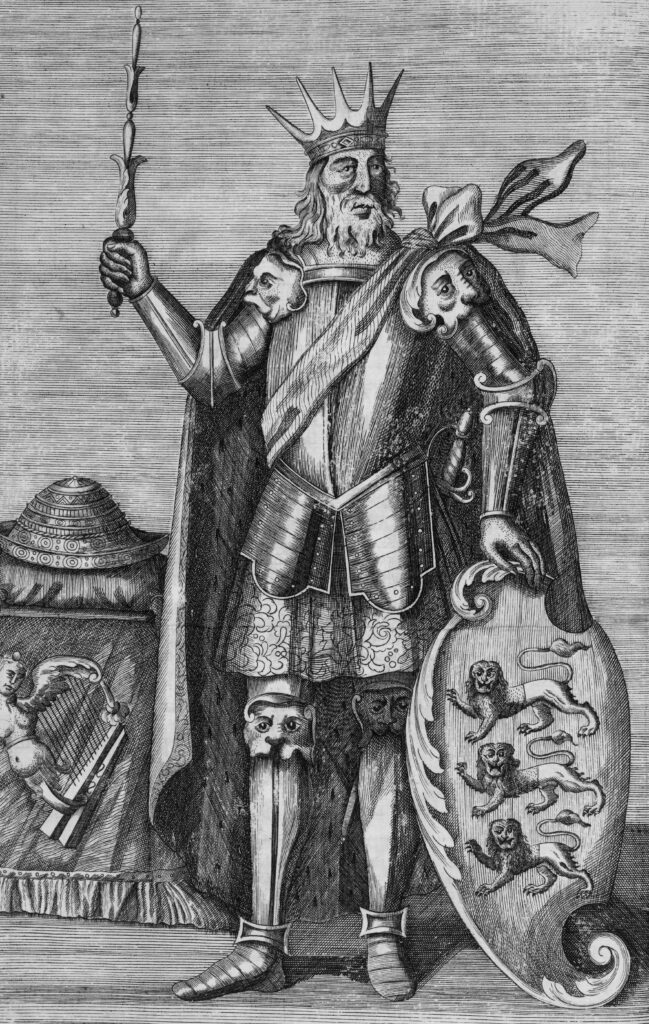
Thanks to Viking influence, Dublin quickly became a very important settlement and trading outpost in Ireland.
Control of the city changed hands frequently, moving between Viking, Irish, and Hiberno-Norse hands.
The Vikings were forced out in 902, only for Viking leaders called Ragnall and Sithric to return with a large fleet and retake the city in 916 following the Battle of Confey.
This started a period of stability that allowed the Vikings to establish other strongholds including Waterford, Wexford, Cork, and Limerick.
A High King of Ireland would later sack Dublin in 944, opening a period of Irish rule.
The famous Irish leader Brian Boruma then emerged on the scene at the end of the 10th century, first defeating the Norse of Limerick in 977.
He apparently killed every man in the village, looted everything of value, and burned Limerick to the ground.
Brian then entered an alliance with the Vikings at Waterford with the intention of attacking Dublin, but he let the Vikings attack alone, and they were defeated.
This kind of tactic allowed him to weaken most of the leaders in southern Ireland and claim rulership over most of Ireland by 1000: he is considered the first real king of Ireland.
He made the Viking leader Sigtrygg Silkbeard ruler of Dublin, but only after he had formally submitted and handed over hostages, and after he burned Caill Tomair, an oak grove sacred to Thor in Dublin.
In 1012, the Vikings of Dublin would revolt with the help of Sigurd Hlodvirsson, a Viking leader in Orkney, and more Viking allies from the Isle of Man.
A great battle was fought on Good Friday in 1014, with the Irish winning a decisive victory.
While Brian died in the battle, this put an end to major Viking political domination in Ireland.
Viking Treasures
While no Viking ships have been discovered in Ireland, many Viking age objects tell the story of the Vikings in Ireland.
Viking hoards containing silver tell the story of their merchant activities.
Well-furnished graves containing weapons and jewelry speak to a warrior elite.
Abandoned tools reveal agricultural and craftsmanship traditions. Viking culture in Ireland was complex and compelling.
